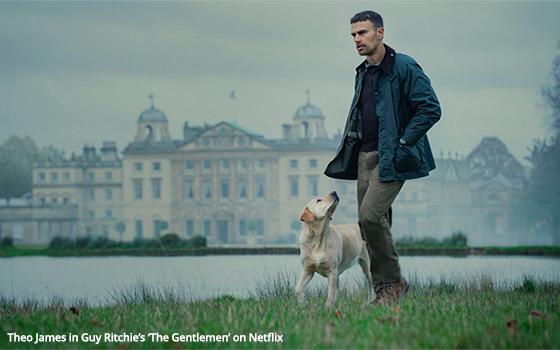
Although competitors are slowly eating into
streaming giant Netflix in terms of viewing, the streaming leader still has a leg up.
Could the prospect of widespread bundling of competing services play a factor in making the race
closer?
Three years of analysis of top-ten weekly streaming programs show Netflix still accounting for 75% of the top-ten streaming program viewership versus all
other competitors combined, according to one report.
As bad as that number is for competitors -- Disney+, Prime Video, Peacock, Paramount+ and all the rest -- the Netflix gap versus the rest
of the business has been bigger. Before this period, Netflix accounted for 90% to 95% of top shows.
advertisement
advertisement
From January 2021 through March 2024, Netflix's cumulative streaming top-ten hours, per
Nielsen rankings, came in at 32.9 billion. Far down in rankings, the next competitors included Disney+ at 5.3 billion; Max/HBO Max with 2.5 billion and Prime Video with 1.9 billion, for example.
While this total is three times larger than all the competition combined, that's just the tip of the iceberg because we are only looking at the top-ten shows.
We get the picture -- or at
least most of it. Netflix has the biggest library TV and movie content for viewing on its site, with a healthy piece of that content coming from legacy movie/TV studios-based companies.
At the
same time, it has the largest number of hit and original shows.
The gap might be growing larger -- that legacy and other now seasoned streaming platforms have been looking to slow down
expensive TV and movie production on streaming services.
So it might be up for debate whether new legacy-owned streaming services can improve on their competitive position -- especially
in terms of overall revenue and more importantly, profitability.
However, there may be another way around this if a serious slowdown in TV and movie content production occurs.
Major traditional TV-network/streamers executives are pushing for massive collective bundling of legacy TV owned streamers -- even as they are longtime TV-video competitors.
The overall
message is to find a way to make it seem consumers are getting more for their money.
Disney's ESPN, Fox Corp. and Warner Bros. Discovery is already working on this via a big collective
sports streaming app, as yet unnamed -- which could launch later this year.
Still, for many this is just window dressing. There are still unprofitable streaming businesses all over the
place.
What is the forecast then in this ever maturing market? It could be getting cold out there. Bundle up.